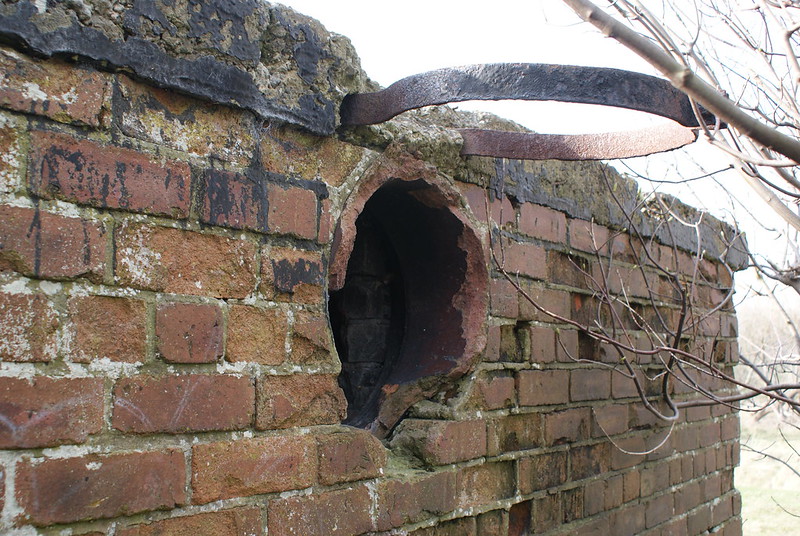The ankle deep bunker for Leeds at Ingbirchworth with built in sheep dip 
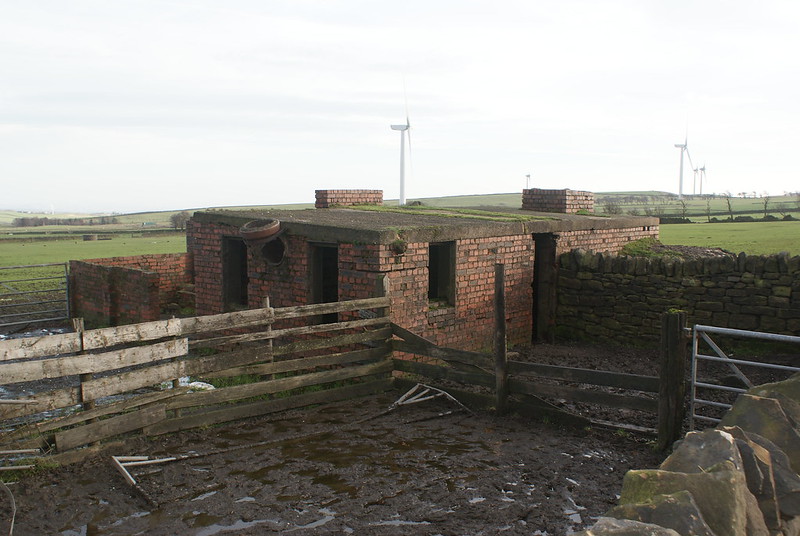
E09847 (1) by Rich Cooper2012, on Flickr
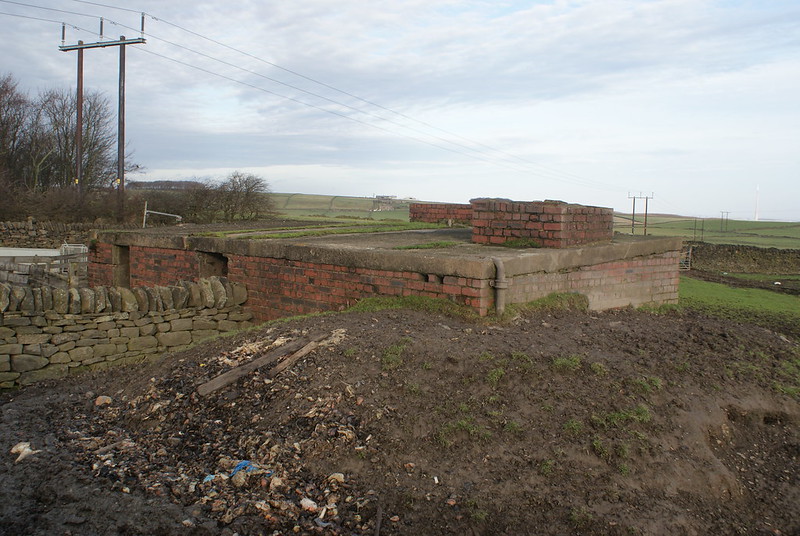
E09847 (3) by Rich Cooper2012, on Flickr
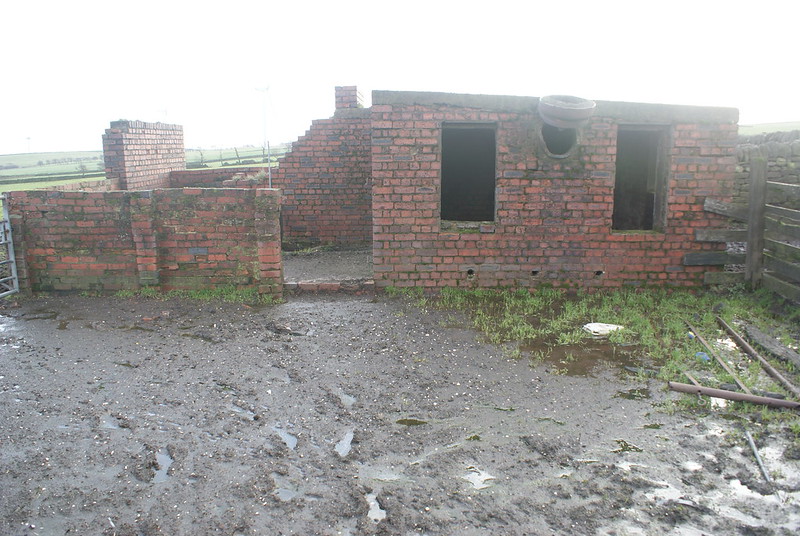
E09847 (6) by Rich Cooper2012, on Flickr
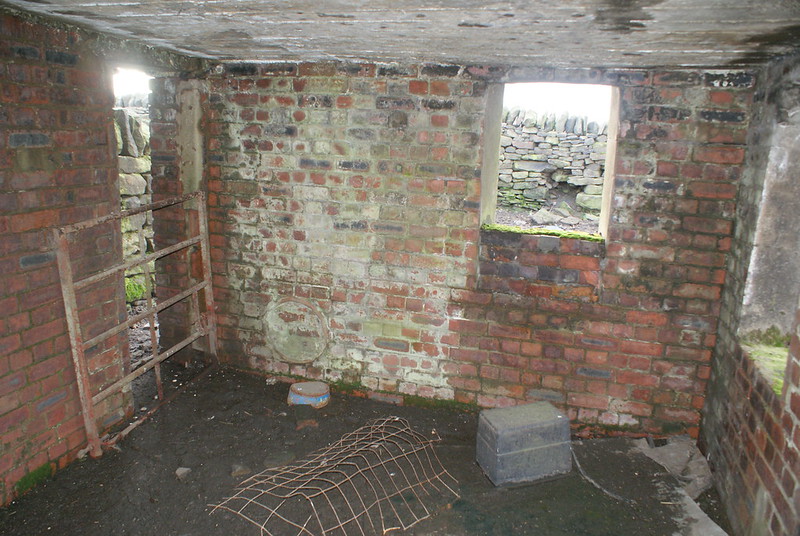
E09847 (10) by Rich Cooper2012, on Flickr
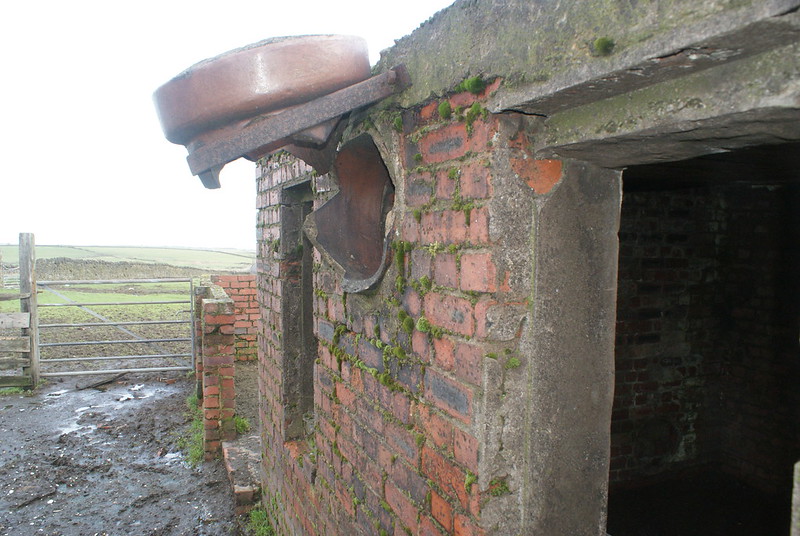
E09847 (12) by Rich Cooper2012, on Flickr
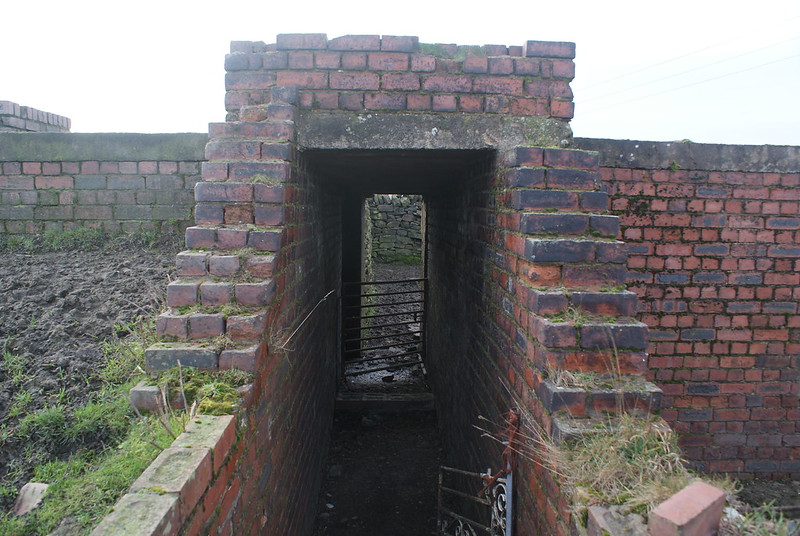
E09847 (15) by Rich Cooper2012, on Flickr
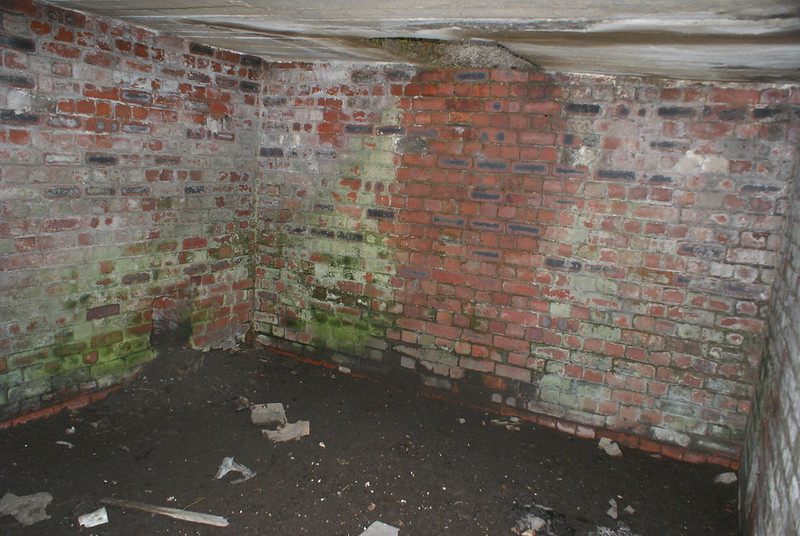
E09847 (17) by Rich Cooper2012, on Flickr
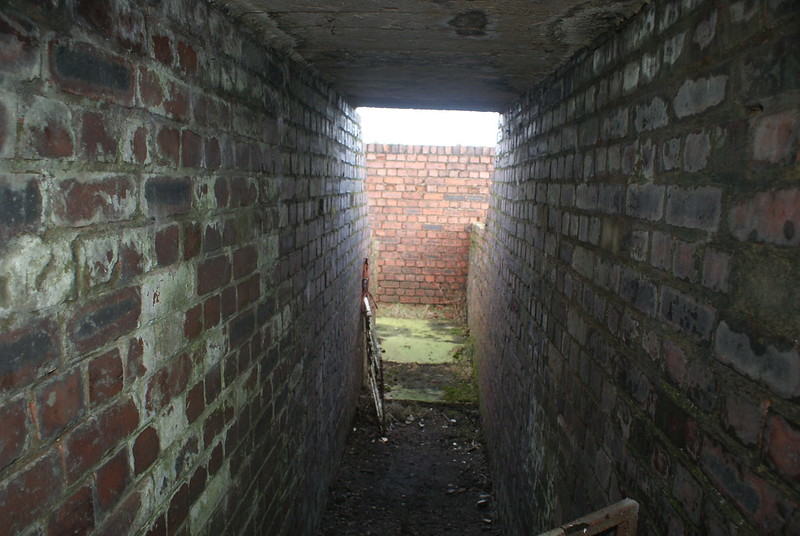
E09847 (18) by Rich Cooper2012, on Flickr
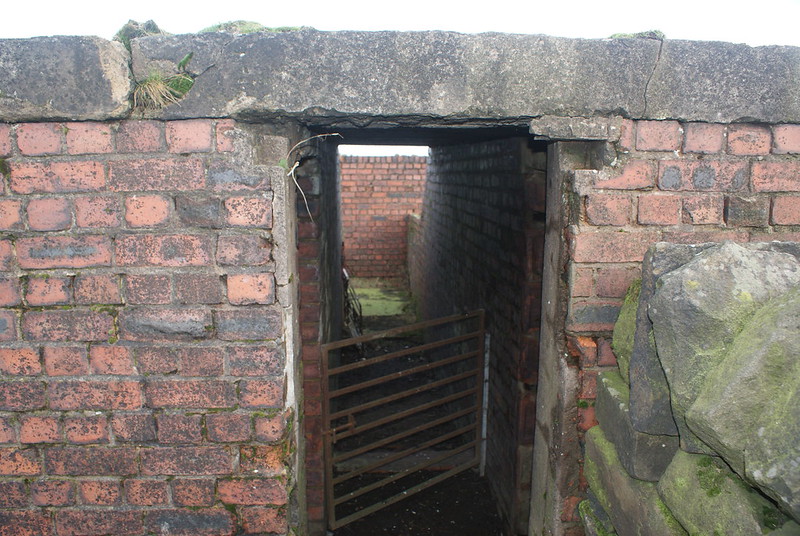
E09847 (19) by Rich Cooper2012, on Flickr
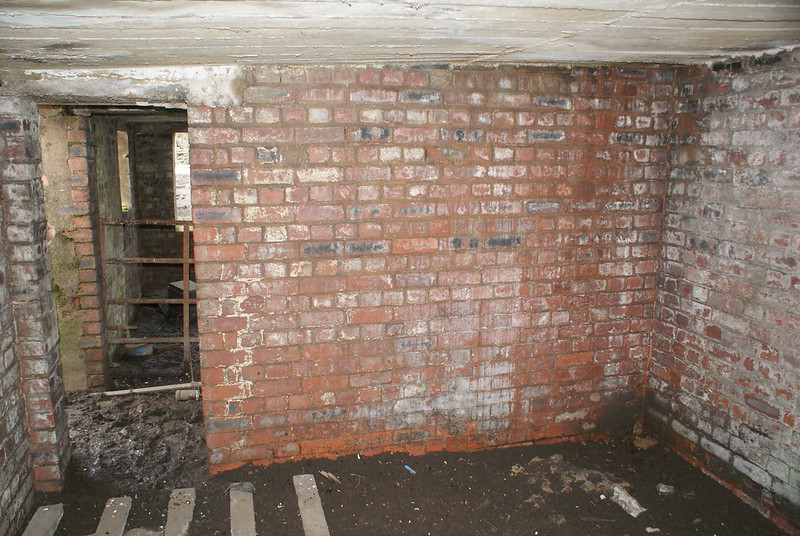
E09847 (22) by Rich Cooper2012, on Flickr
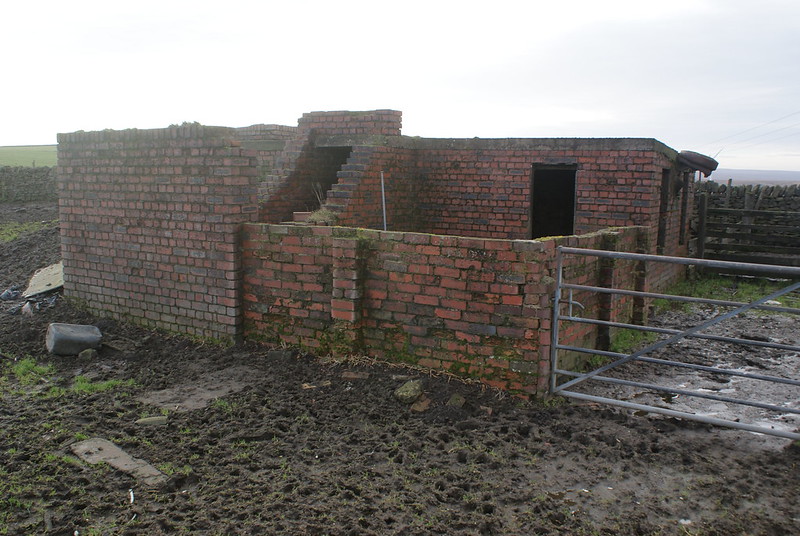
E09847 (23) by Rich Cooper2012, on Flickr
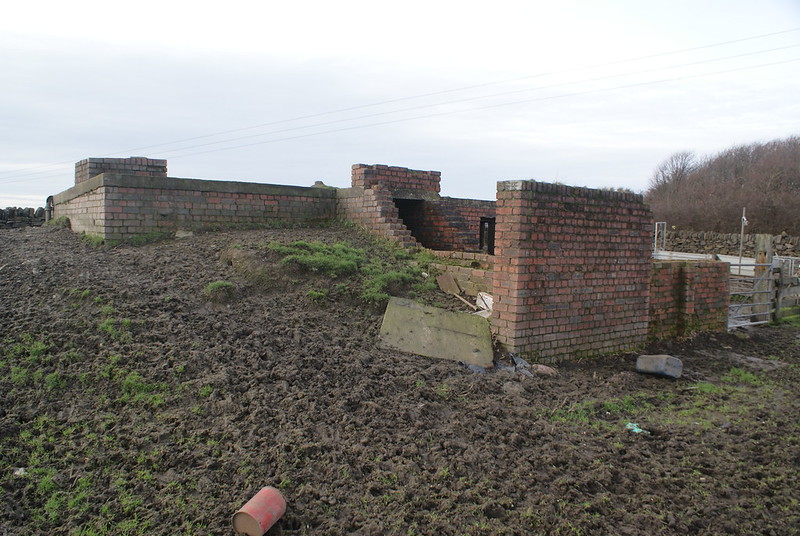
E09847 (24) by Rich Cooper2012, on Flickr
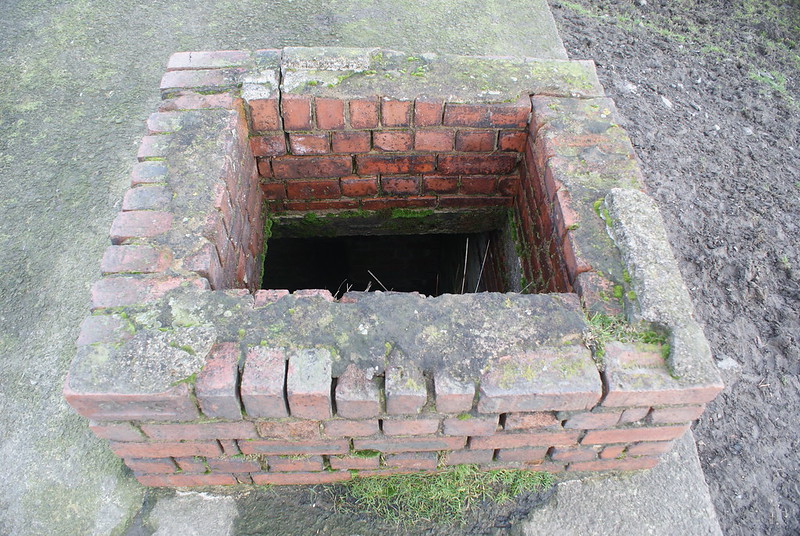
E09847 (27) by Rich Cooper2012, on Flickr
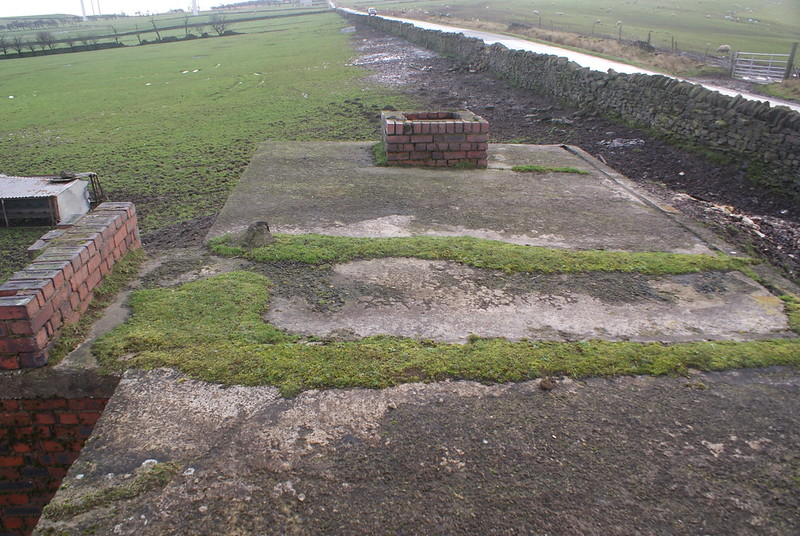
E09847 (29) by Rich Cooper2012, on Flickr
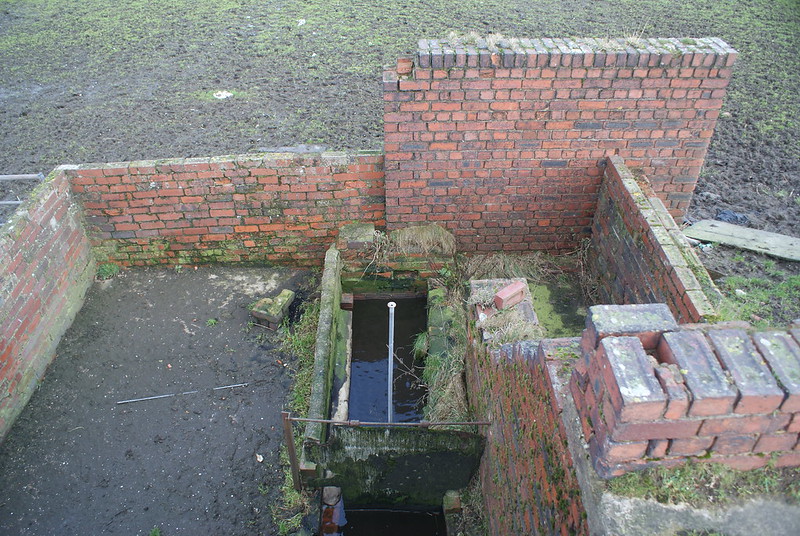
E09847 (31) by Rich Cooper2012, on Flickr

E09847 (1) by Rich Cooper2012, on Flickr

E09847 (3) by Rich Cooper2012, on Flickr

E09847 (6) by Rich Cooper2012, on Flickr

E09847 (10) by Rich Cooper2012, on Flickr

E09847 (12) by Rich Cooper2012, on Flickr

E09847 (15) by Rich Cooper2012, on Flickr

E09847 (17) by Rich Cooper2012, on Flickr

E09847 (18) by Rich Cooper2012, on Flickr

E09847 (19) by Rich Cooper2012, on Flickr

E09847 (22) by Rich Cooper2012, on Flickr

E09847 (23) by Rich Cooper2012, on Flickr

E09847 (24) by Rich Cooper2012, on Flickr

E09847 (27) by Rich Cooper2012, on Flickr

E09847 (29) by Rich Cooper2012, on Flickr

E09847 (31) by Rich Cooper2012, on Flickr




